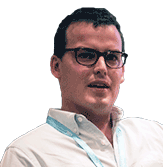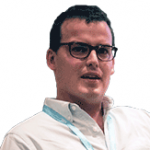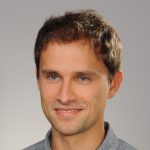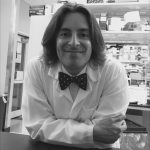
One of the key processes in embryonic development and growth through childhood and adolescence is that of how tissue folds into the specific shapes required for them to function in the body. For instance, mesenchymal stem cells, which form a variety of tissues including bones, muscles, and fat, are required to “know” what shapes to take on as they form organ systems and other structures. Therefore, a big concern in tissue engineering is determining how to control these processes of tissue folding.
Just in time for his arrival at Penn Bioengineering, Dr. Alex Hughes, a new assistant professor in the department, is the lead author on a new paper in Developmental Cell that explores this concern. The study was coauthored with Dr. Zev Gartner of the University of California, Berkeley, where Dr. Hughes just finished a postdoctoral fellowship. In the paper, the authors used three-dimensional cell-patterning techniques, embryonic tissue explants, and finite element modeling to determine that the folding process involves the interaction of a protein called myosin II with the extracellular matrix, itself the molecular material that provides a structural framework for developing tissues. With the knowledge gained in the initial experiments, the authors were then able to reproduce the tissue folding process in the lab.
“Bioengineers are currently thinking about building tissues,” Dr. Hughes says, “not just at the level of organoids, but at the level of organs in the body. One of my interests at Penn is to harness developmental principles that link these length scales, allowing us to design medically relevant scaffolds and machines.”
Equipped with the knowledge gleaned from this research, future studies could contribute further to the ability to generate tissues and even organ systems in laboratories. Ultimately, this knowledge could revolutionize transplant medicine, as well as variety of other fields.



